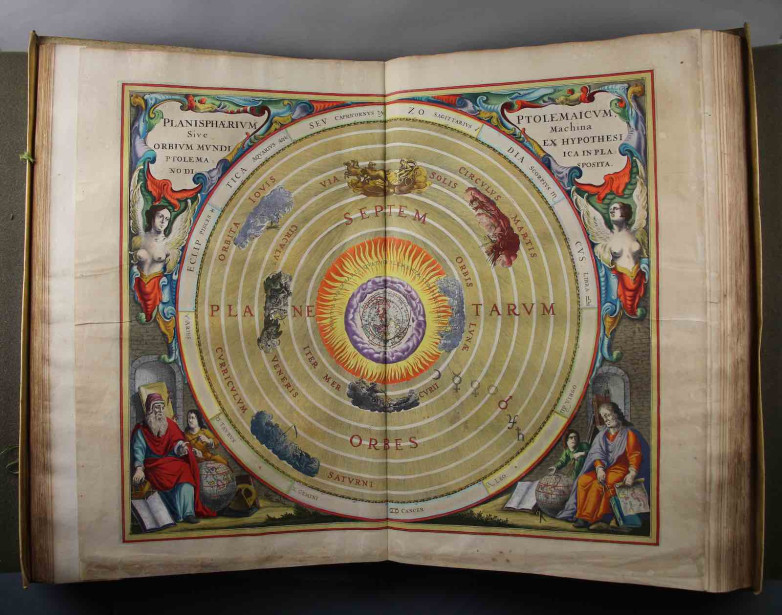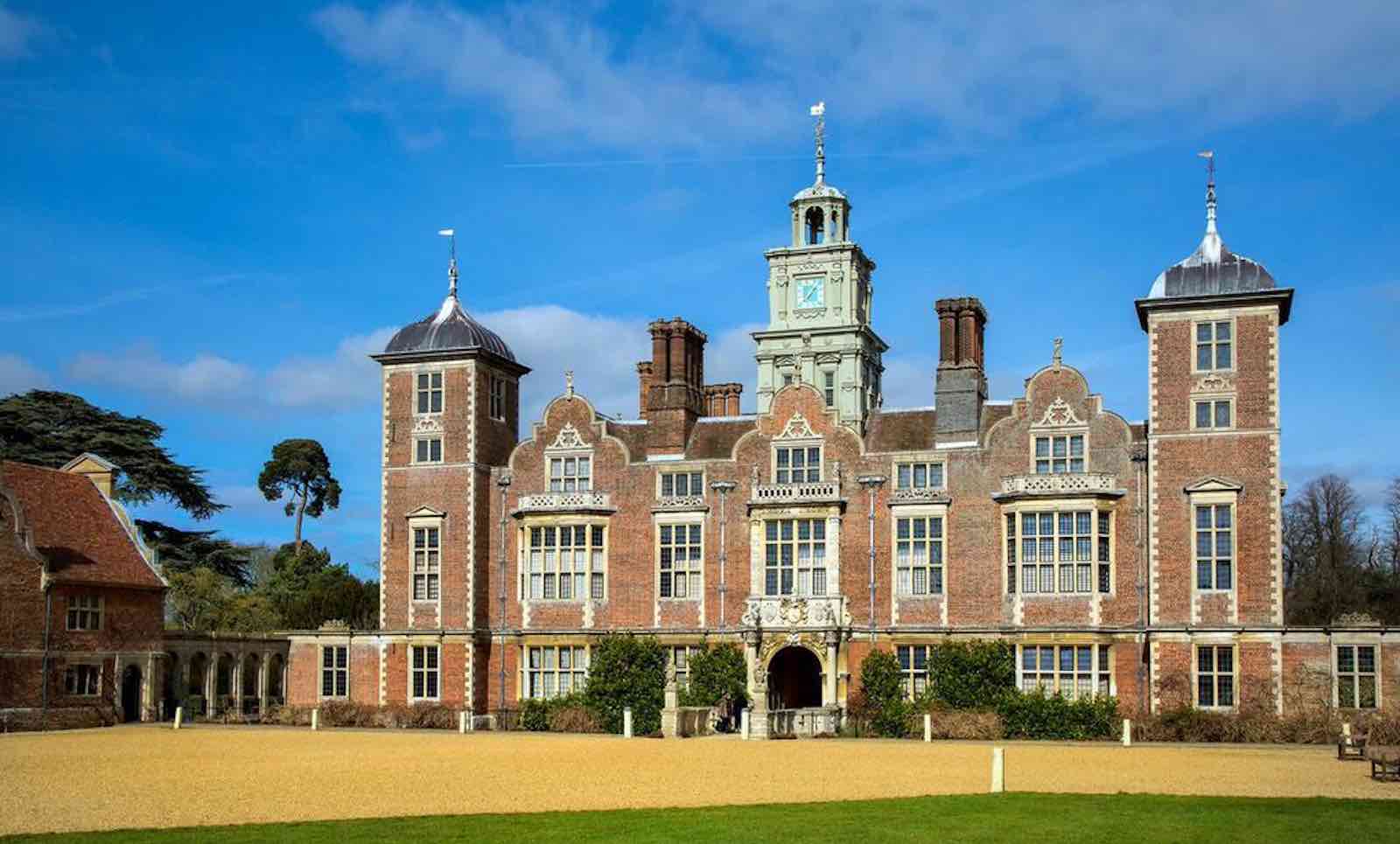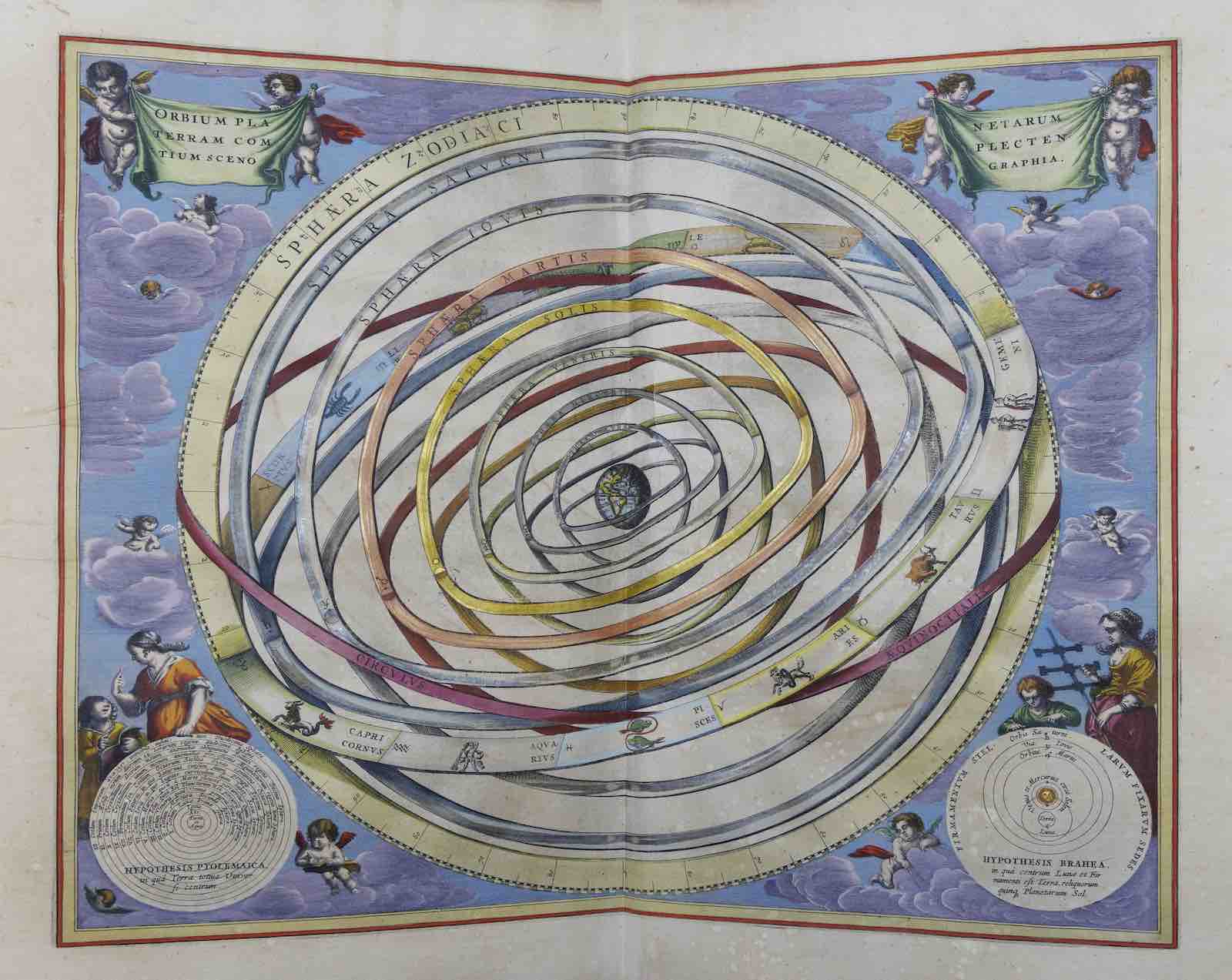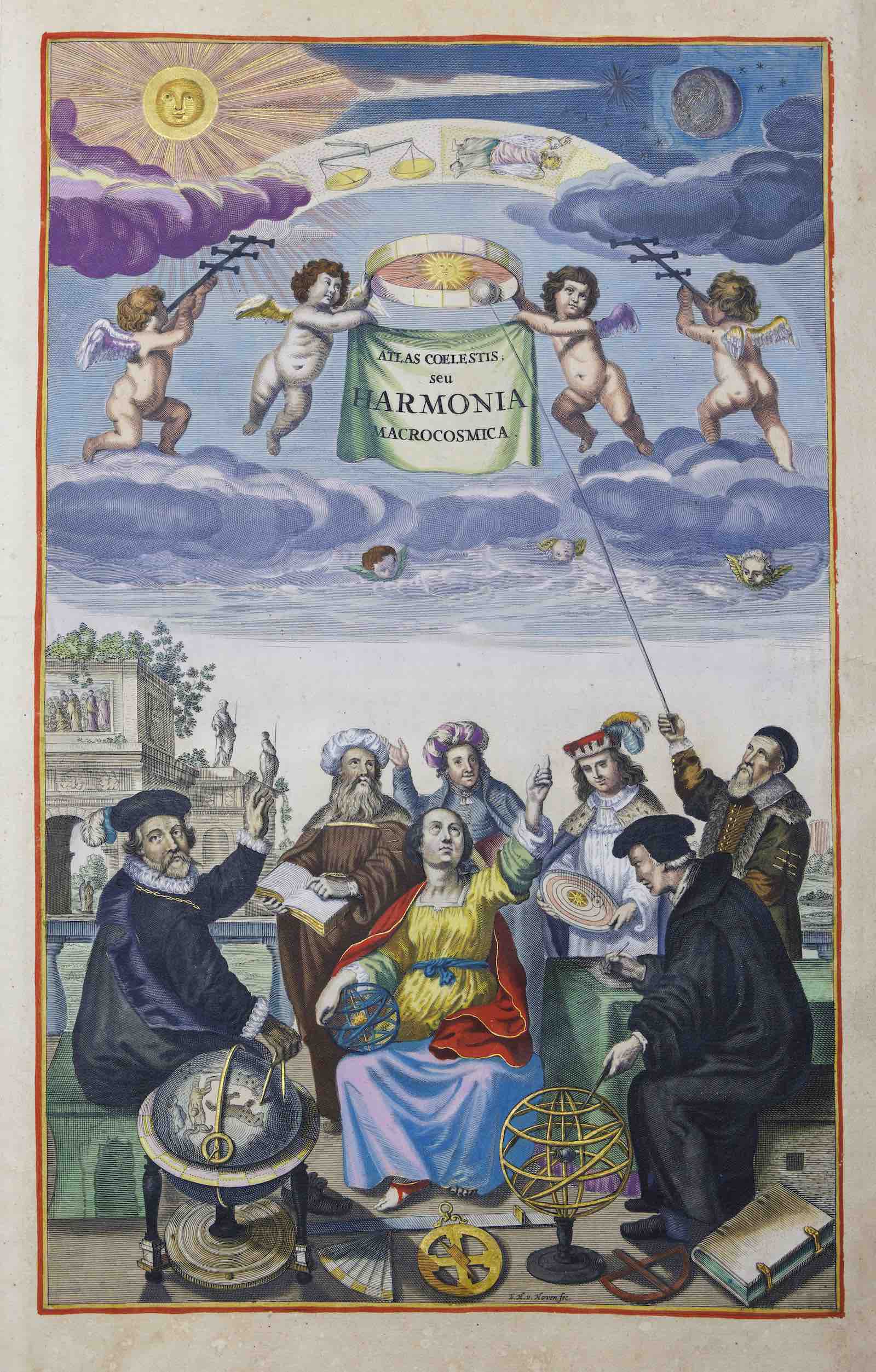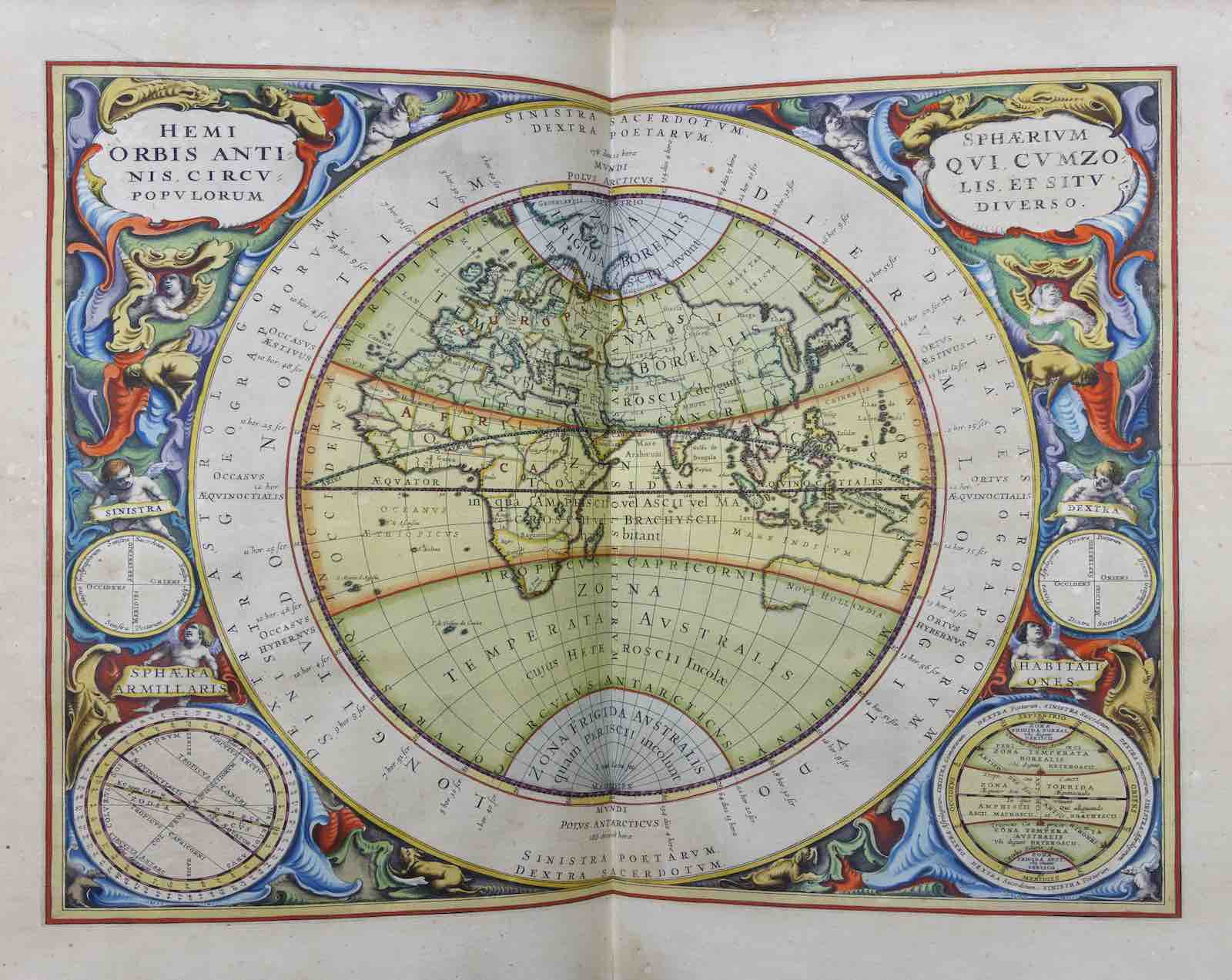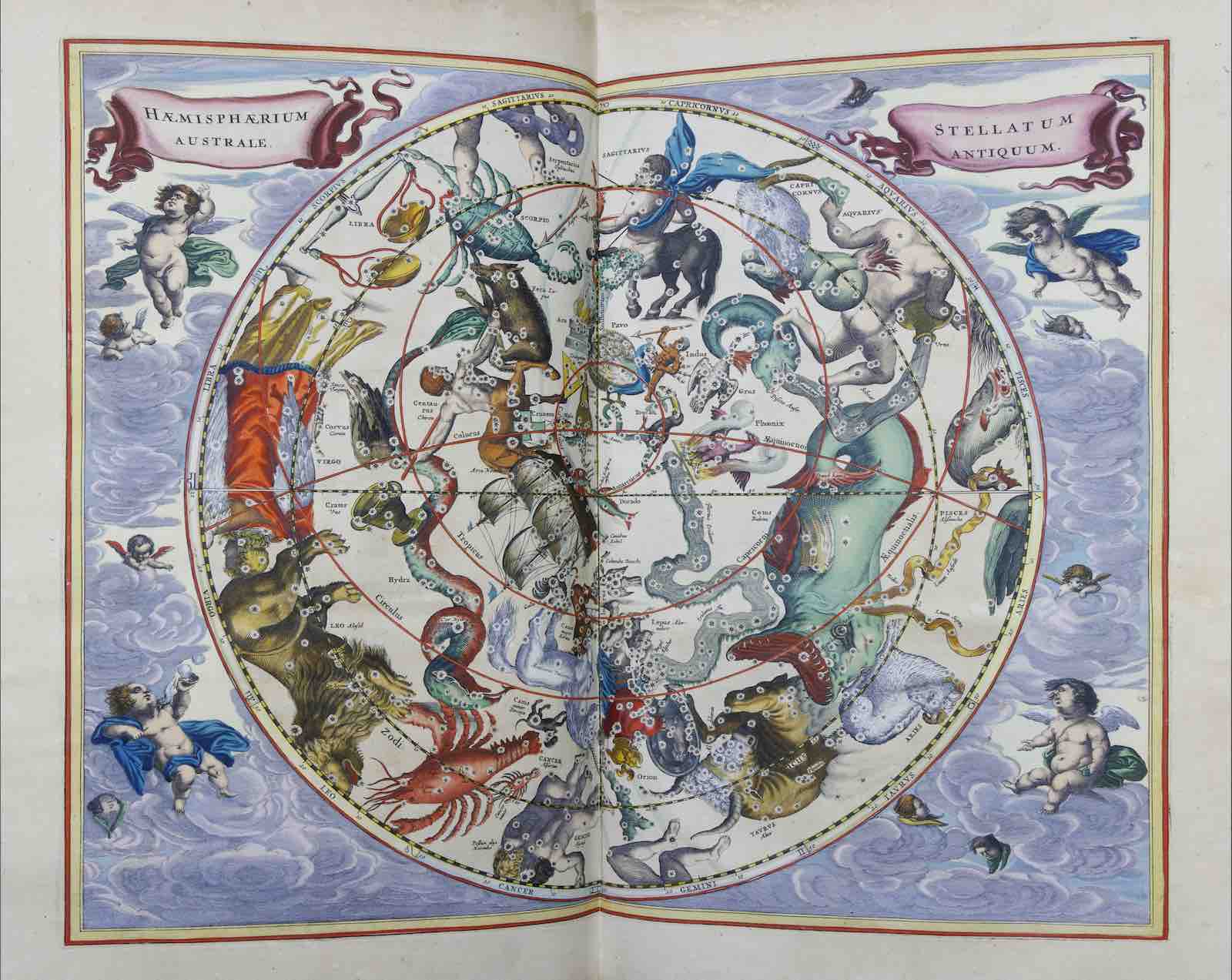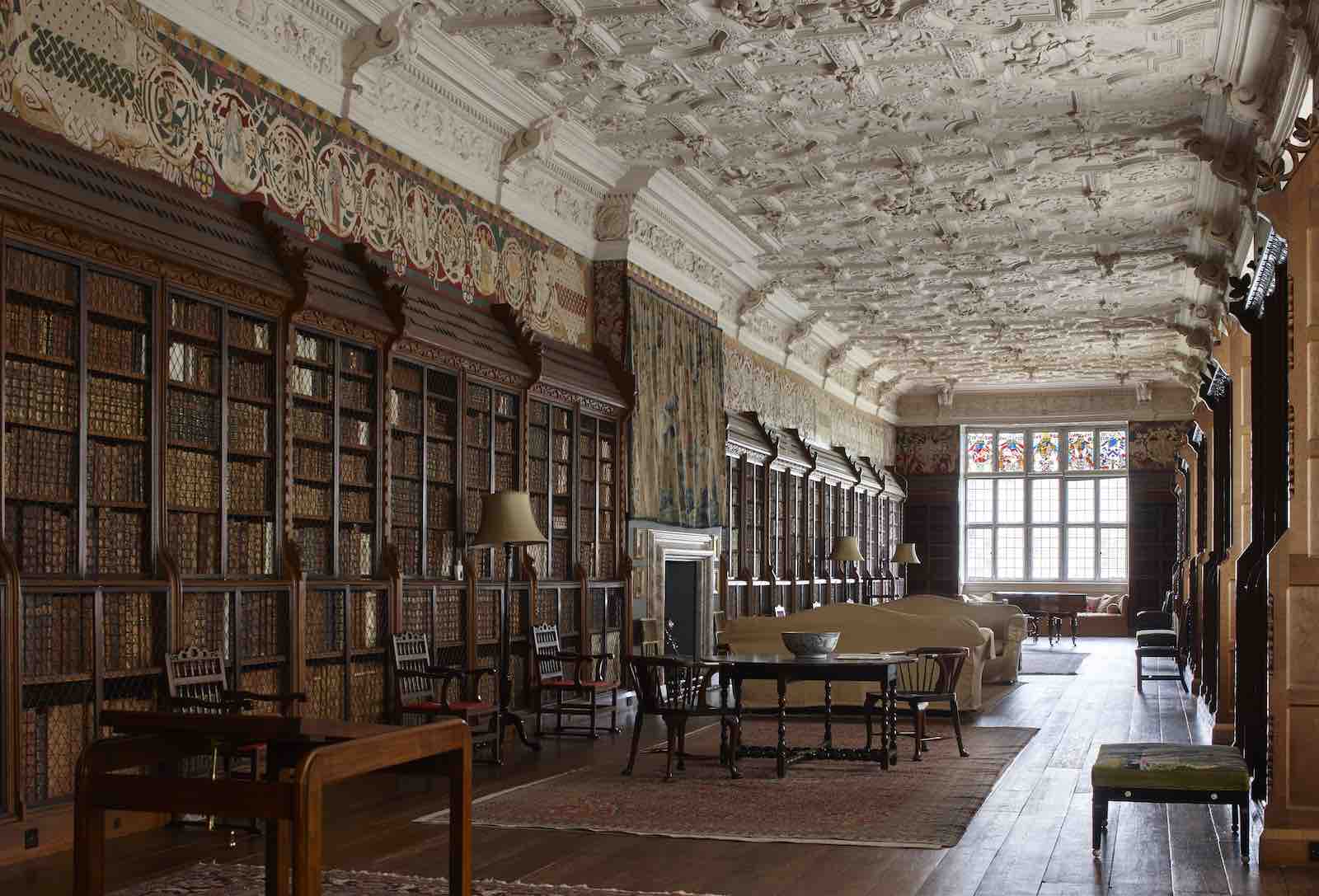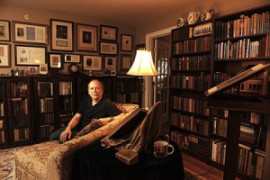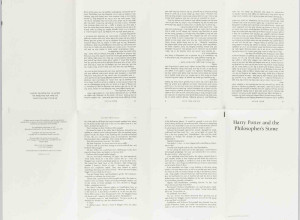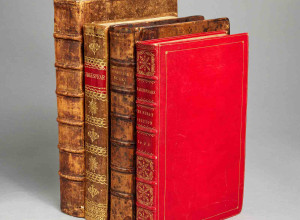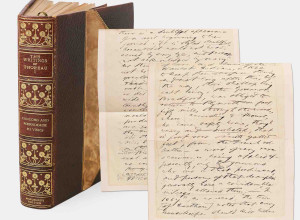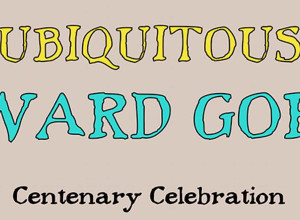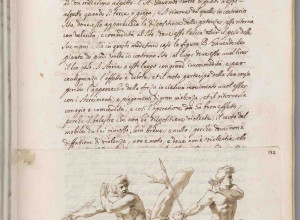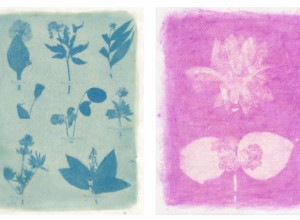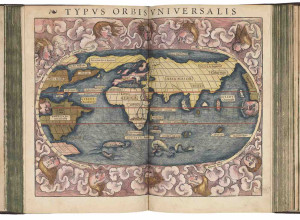The atlas is one of 10,000 items including atlases, manuscripts, early books and pamphlets in Blickling’s library, one of the most important in the care of the National Trust. The collection was gifted to Blickling’s then-owner John Hobart in 1742 by his uncle, scholar Richard Ellys, and due to its size it is still being catalogued and studied today. The Cellarius atlas is one volume from a lavish set of 14 atlases by great Dutch Golden Age mapmakers which have been at Blickling since they were acquired in the 17th century.
Over three months, a book conservation specialist stabilised the binding of the atlas which was dry and brittle, and also the text block and plates, which had suffered from tears and splits.
Clare Prince, Book Conservator responsible for the work, said: “The parchment on the spine of the atlas was extremely dry and fractured, with large areas of loss, leaving it almost impossible to handle. It was not in a state that it could be used or displayed to visitors. Many of the pages within were torn and crumpled and in need of repair. Beautiful, hand-coloured, engraved plates had become loose and were at risk of further damage.
“As the spine was in such a poor state of repair the decision was taken to remove the remaining fragments and line them with Japanese paper. The losses were then infilled and the spine built-up using laminates of Japanese paper. The endbands were resewn, and the repaired spine was re-adhered. Within the book many paper repairs were carefully carried out and the decorative plates reattached.”
The atlas will be on display in Blickling’s Long Gallery, alongside reproduction pages showing some of the remarkably unfaded illustrations.
Blickling’s atlases are being studied as part of a National Trust research project into the effect of light on collections items. It is hoped that by understanding how different pigments and materials fade on light exposure, curators will be able to plan the display of items without damaging them. Using exposure to controlled amounts of light, and monitoring the changes to the objects, the conservation charity will learn which materials are most fragile and how to balance access to precious treasures whilst keeping them safe for future generations.

